Om Afghan
Afghan carpets Afghanistan has old, proud traditions when it comes to hand-knotted carpets. Nomadic people live across most of the country, and they have a long history of knotting carpets. Afghan carpets have never quite achieved the same status as the Persian, Caucasian or Turkmen, but the older Afghan carpets...Read more
Showing all 18 results
-
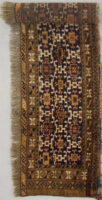
Afghan
bbm50145cm x 37cmkr. 1.650,- -

Afghan Tæppe
tk317131cm x 55cmkr. 890,- -

Afghan Tæppe
tk219119cm x 81cmkr. 2.900,- -
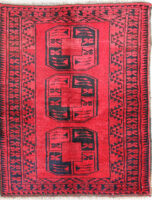
Afghan Tæppe
tk308119cm x 89cmkr. 1.900,- -
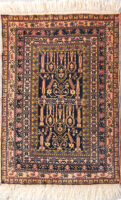
Afghan Tæppe
tk287148cm x 100cmkr. 5.900,- -

Afghan Kelim
tk313254cm x 79cmkr. 4.900,- -

Afghan Kelim
tk312251cm x 80cmkr. 4.900,- -

Afghan Tæppe
tt255270cm x 84cmkr. 6.900,- -

Afghan Tæppe
1428tk297cm x 81cmTilbudSale! kr. 3.120,- (-20%) -
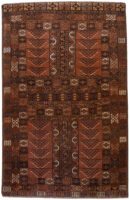
Afghan Tæppe
tk267205cm x 133cmkr. 6.800,- -
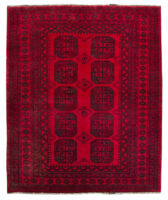
Afghan Tæppe
tk283186cm x 154cmkr. 8.900,- -
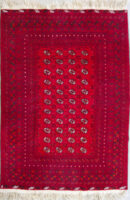
Afghan Tæppe
tt254230cm x 163cmkr. 12.000,- -

Afghan Tæppe
tg5097227cm x 178cmTilbudSale! kr. 11.760,- (-30%) -

Afghan Tæppe
tg05096227cm x 180cmTilbudSale! kr. 16.200,- (-19%) -
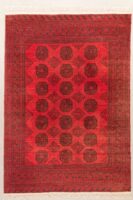
Afghan Tæppe
tt275283cm x 200cmkr. 9.900,- -

Afghan Tæppe
tt277281cm x 220cmkr. 14.800,- -
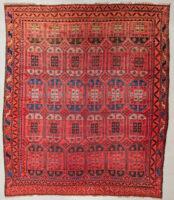
Afghan Tæppe
tg05093305cm x 248cmkr. 29.000,- -

Afghan Tæppe
tk291355cm x 255cmkr. 19.900,-
Showing all 18 results
Mere om Afghan
Afghan carpets
Afghanistan has old, proud traditions when it comes to hand-knotted carpets. Nomadic people live across most of the country, and they have a long history of knotting carpets. Afghan carpets have never quite achieved the same status as the Persian, Caucasian or Turkmen, but the older Afghan carpets in particular can be beautiful works of art. The quality in Afghanistan has dropped heavily due to the numerous wars that ravaged the country. The best original Afghan carpets were knotted until the end of the 1970s, but after the Soviet Union occupation, the country has been involved in conflict after conflict. This has taken a major toll on the old handicraft production. It has quite simply faded into the background thanks to all the challenges that the Afghan people have had to endure.
Today, carpets are being knotted in Afghanistan again, but they are more commercial and with completely different raw materials, which are also prepared entirely differently. Carpets are still being knotted with the old original patterns, but the carpets have a different look and no longer possess the charm and durability of the originals. Today, they also knot carpets with Caucasian and Persian patterns in a modern design. Some of these carpets are of fairly good quality and can be excellent alternatives to Indian carpets, for example.
Pakistani-Afghan carpets
You see carpets on the market today that are knotted in Afghanistan, but which are traded as Pakistani carpets. There is a grey zone where Afghan refugees knot carpets in Pakistani camps.
Many carpets are also being transported from Afghanistan to Pakistan, where they are washed and prepared for sale. Then, labels are attached, which indicate that they were made in Pakistan because this provides Pakistan with financial subsidies for carpet production and export. This means, that it is cheaper to buy Afghan carpets in Pakistan than in Afghanistan. Since it is also easier and cheaper to have the carpets transported to the West through Pakistan, this is an attractive way to carry out export. Unfortunately, this results in incomplete and misleading information about the origin of the carpets.
Source:
You are reading an extract from the book ‘Oriental Carpets, Knottet with Love’ by Martin Munkholm.
This extensive book about all that is carpets can be borrowed in Danish libraries or be bought following this link: https://belle-rugs.dk/dk/ekspertise/taeppebog/
The book is published by Muusmann Forlag.
For more info: http://muusmann-forlag.dk/
You can find our selection of Abadeh carpets underneath.
